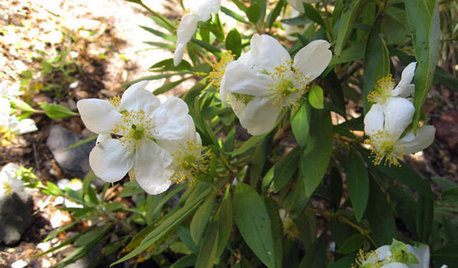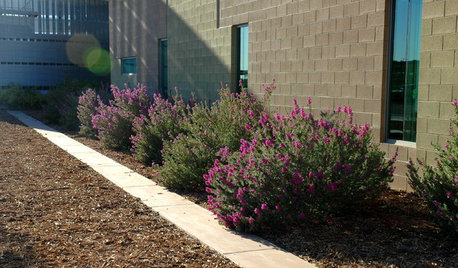Is Pruning an option for these Blackbery Bushes?
sinfonian
16 years ago
Featured Answer
Sort by:Oldest
Comments (18)
murkwell
16 years agoaustransplant
16 years agoRelated Professionals
Maple Valley Landscape Architects & Landscape Designers · Wrentham Landscape Architects & Landscape Designers · South Orange Landscape Architects & Landscape Designers · Woodinville Landscape Architects & Landscape Designers · Allentown Landscape Contractors · Braintree Landscape Contractors · Cambridge Landscape Contractors · Fort Payne Landscape Contractors · Inglewood Landscape Contractors · Lakewood Landscape Contractors · Little Ferry Landscape Contractors · Mashpee Landscape Contractors · Muttontown Landscape Contractors · Parkland Landscape Contractors · The Woodlands Landscape Contractorsfruitgirl
16 years agofruitgirl
16 years agojellyman
16 years agocambse
16 years agomurkwell
16 years agofruitgirl
16 years agomurkwell
16 years agosinfonian
16 years agoEmbothrium
16 years agoEmbothrium
16 years agosinfonian
16 years agosinfonian
16 years agoEmbothrium
16 years agolarry_gene
16 years agofruityone
9 years ago
Related Stories

WINTER GARDENINGPruning Secrets for Exquisite Roses
Encourage gorgeous blooms year after year with this time-tested advice on how to prune your rosebush in winter for health and shape
Full Story
GARDENING GUIDESHow to Prune Your Flowering Shrubs for the Best Blooms
Less is often more when it comes to properly pruning flowering shrubs. Here’s what to do and why
Full Story
FLOWERSGreat Design Plant: Bush Anemone
Breathe in this shrub's sweet perfume while you're admiring its petite white flowers and the butterflies it brings
Full Story
GARDENING GUIDESGreat Design Plant: Rosa Banksiae a Low-Maintenance Beauty
This thornless, disease- and insect-resistant rose brings showers of white or yellow flowers to the spring garden
Full Story
GARDENING GUIDES5 Best-Behaved Trees to Grace a Patio
Big enough for shade but small enough for easy care, these amiable trees mind their manners in a modest outdoor space
Full Story
GARDENING GUIDESHow to Avoid Overcrowded, Overpruned Shrubs
Go for a more natural look that’s easier and less expensive to maintain by giving your plants the right amount of growing room
Full Story
GARDENING GUIDES9 Low-Growing Hedges That Make Good Neighbors
Define garden areas or borders without blocking the view, with these evergreen shrubs that take kindly to trimming
Full Story
LIFETrue Confessions of a House Stalker
Letting go when a new owner dares to change a beloved house's look can be downright difficult. Has this ever happened to you?
Full Story
FARM YOUR YARDIf You Have Room for Only One Fruit Tree ...
Juice up a small garden with one of these easier-care or worth-the-effort fruit trees for a mild climate
Full Story
DECORATING GUIDESMeet a Houseplant That Doesn't Mind Neglect
Got better things to do than remember to water your houseplants on schedule? Schefflera will forgive and forget
Full Story



jellyman